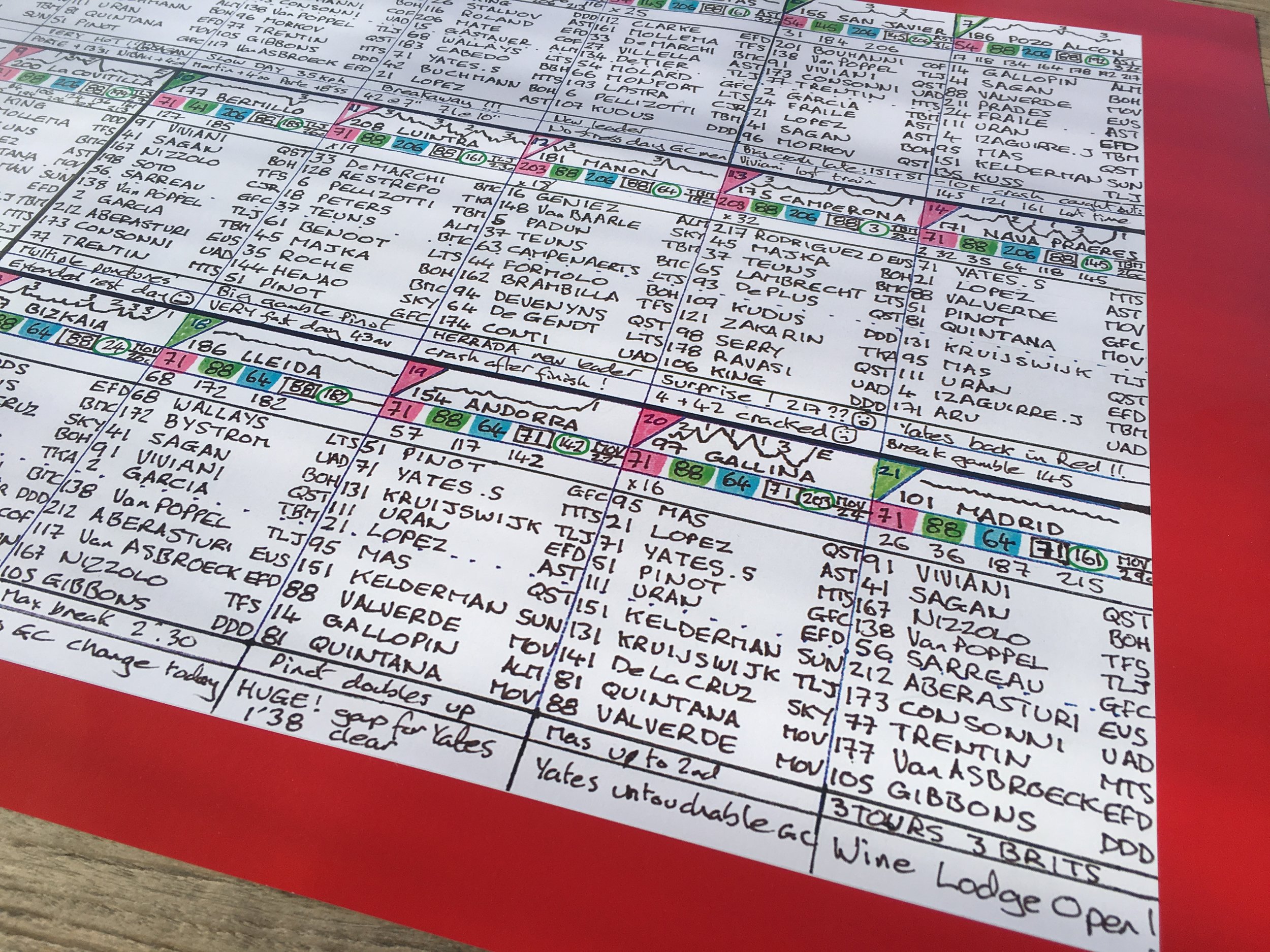60 Minutes, the American current affairs programme, broadcast a report on mechanical doping in professional cycling last night. CBS reporter Mark Whitaker went to Hungary to meet Istvan Varjas the inventor of a discreet motor that he believes is being used in races like the Tour de France. Former Tour winner Greg Lemond, Lance Armstrong’s teammate at US Postal, Tyler Hamilton, and doping controller at the Tour, Jean Pierre Verdis, were also interviewed.
Lemond is so suspicious of mechanical doping that, "I won't trust any victories in the Tour de France."
Mechanical doping has been rumoured for some time now. In 2010 Fabian Cancellara’s phenomenal turn of pace and acceleration, not to mention some suspicious hand manouevres at Paris Roubaix drew the attention of former professional David Cassani. He released a video purporting to show that the Swiss rider was clearly engaging an electric motor during the race.
Then in the 2014 Vuelta, Ryder Hesjedal, riding for Garmin Sharp at the time, crashed on a descent on stage seven after which his bike spun round in a full circle as if it was being powered by its back wheel when it should have been lying still on the ground. It looked so suspicious that that the UCI moved to investigate Garmin-Sharp’s Cervelos but they found nothing untoward.
It wasn’t until the discovery of a hidden motor inside the frame of a spare bike used by Femke Van den Driessche at the U23 cyclo cross world championships in January of 2016 that there was any firm evidence of motors within bikes.
Femke Van den Driessche was found to have a motor in her spare bike
60 Minutes’ documentary gives even more credence to the belief that authorities should be taking mechanical doping seriously. Worryingly it also seems that some of the technology being used to detect mechanical motors within bikes as well as electromagnetic wheels is ineffective.
Istvan Varjas claims to have invented the first discreet motor to be hidden within a bike frame back in 1998 and says that he was paid $2 million to not develop or sell it to anyone else for 10 years. He now has a lucrative business selling bikes with his electric motor in Budapest for as much as $20,000 per bike as well as developing an electromagnetic wheel.
CBS reporter Mark Whitaker meets Istvan Varjas in Budapest
His latest advance in the technology is to connect a heart rate monitor to the motor so that when a rider’s heart rate gets too high it sends a signal for the motor to kick in.
He told 60 Minutes that he believes professionals have been using secret motors to cheat in pro races since he first invented his device. While he says that he openly sells it, what customers do with it, “is not my problem.”
He says that he never knowingly sells his motors to the pro peloton. However he claims to do business with Dr Michele Ferrari, the man behind Lance Armstrong’s doping programme. He says that he has sold bikes with hidden motors to the disgraced and banned doctor in the last three years as well as to an unknown source, through a middle man, just before the 2015 Tour. He delivered them to a locked storeroom in Beulieu Sur Mer, near Nice.
Jean Pierre Verdy, the former testing director of the French anti doping agency is convinced that the motors have been used in the last three or four years in the Tour de France. Relying on informants within teams for years he said he was alerted to the practice and that there were as many as 12 riders in the 2015 Tour using bikes with motors.
Greg Lemond, the former Tour de France winner in 1986, 1989 and 1990 says that he is also convinced that motors are being used in the sport. He has been working secretly with the French police investigating the practice.
Luke Rowe on Team Sky time trial bike
He also believes that electromagnetic wheels are being used in professional racing which weigh about 800g more than a standard wheel. In the 2015 tour, when the authorities weighed the peloton’s bikes, they found that Team Sky’s time trial bikes weighed about 800g more than the other teams’. Could these be Brailsford’s ‘magic wheels’ that he claimed were perfectly ‘round’? The UCI refused permission to be granted to investigators to remove the wheels from Team Sky’s bikes to weigh them separately to determine if the wheels were enhanced. Le Monde certainly believes that the weight difference should have set off alarm bells.
Lemond and Varhas’s belief that electromagnetic wheels are being used back up a report that appeared in Italy’s Gazzetta dello Sport a year ago. Their source claimed that “A motor hidden in the seat tube is old stuff, almost artisan. It’s been overtaken, it’s a poor man’s doping…The new frontier is far more technologically advanced and ten times as expensive, It’s in the rear wheel: it costs €200,000, and there’s a waiting list of six months.”
Lemond says that, until the UCI work out how to properly detect mechanical doping, “I won’t trust any victories in the Tour de France.”































































